- Home
- Articles
- Architectural Portfolio
- Architectral Presentation
- Inspirational Stories
- Architecture News
- Visualization
- BIM Industry
- Facade Design
- Parametric Design
- Career
- Landscape Architecture
- Construction
- Artificial Intelligence
- Sketching
- Design Softwares
- Diagrams
- Writing
- Architectural Tips
- Sustainability
- Courses
- Concept
- Technology
- History & Heritage
- Future of Architecture
- Guides & How-To
- Art & Culture
- Projects
- Interior Design
- Competitions
- Jobs
- Store
- Tools
- More
- Home
- Articles
- Architectural Portfolio
- Architectral Presentation
- Inspirational Stories
- Architecture News
- Visualization
- BIM Industry
- Facade Design
- Parametric Design
- Career
- Landscape Architecture
- Construction
- Artificial Intelligence
- Sketching
- Design Softwares
- Diagrams
- Writing
- Architectural Tips
- Sustainability
- Courses
- Concept
- Technology
- History & Heritage
- Future of Architecture
- Guides & How-To
- Art & Culture
- Projects
- Interior Design
- Competitions
- Jobs
- Store
- Tools
- More
Designing Sleek and Functional Carports: 8 Expert Suggestions

These versatile structures offer protection for your vehicles while enhancing the aesthetic appeal of your property. Whether you’re considering a carport for your home or business, it’s essential to design it with both style and functionality in mind. Here are some expert suggestions to help you create a carport that not only looks great but also meets your practical needs.

Table of Contents
Toggle1. Choose the Right Size
The first step in designing a carport is determining the appropriate size. When seeking quality carports in Brisbane, consider the number and size of vehicles you need to accommodate, as well as any future additions. A carport that’s too small can be frustrating to use, while one that’s too large can take up unnecessary space. Measure the dimensions of your vehicles and add extra space for maneuvering and storage.
2. Select the Best Materials
When it comes to materials for your carport, durability, and aesthetics are key. Consider your climate and budget when selecting the best material for your needs.
Durability and Maintenance
The material you choose for your carport should be durable enough to withstand the elements and provide long-term protection for your vehicles.
- Steel carports, for example, are known for their strength and low maintenance requirements. They are resistant to rust and corrosion, making them ideal for areas with harsh weather conditions.
- Aluminum carports are also highly durable and require minimal maintenance, making them a popular choice for coastal areas where corrosion is a concern.
- On the other hand, wooden carports offer a classic look but require more maintenance, including regular staining or painting to protect against moisture and rot.
Consider the level of maintenance you are willing to undertake when selecting the best material for your carport.
Aesthetics
In addition to durability, you should also consider the aesthetic appeal of the material you choose for your carport.
- Steel carports are available in a variety of colors and finishes, allowing you to customize the look to match your home or business.
- Aluminum carports also come in a range of colors and can be powder-coated for added durability and a sleek, modern look.
- Wooden carports offer a classic, natural appearance that can complement a variety of architectural styles.
Consider the overall aesthetic of your property and choose a material that will enhance its visual appeal.
3. Consider Roofing Options
The roof is a crucial component of your carport, protecting it from the elements. Popular roofing options include metal, polycarbonate, and shingles. Metal roofs are durable and low maintenance, while polycarbonate roofs allow natural light to filter through. Shingles offer a traditional look and can match the style of your home. Choose a roofing material that complements your overall design and provides adequate protection for your vehicles.
4. Add Functional Features
To enhance the functionality of your carport, consider adding features such as lighting, outlets, and storage. Lighting can improve visibility and security, while outlets allow you to charge electric vehicles or power tools. Built-in storage can help keep your carport organized and clutter-free. Think about your specific needs and how you can customize your carport to meet them.
Lighting
Proper lighting in your carport can improve visibility and safety, especially during the evening or in poorly lit areas. Consider installing motion-activated LED lights or solar-powered lights to illuminate the space when needed, reducing energy costs and enhancing security. You might also consider incorporating decorative lighting fixtures that match the style of your home or business to create a cohesive look.
Outlets
In today’s world, where electric vehicles are becoming increasingly popular, having outlets in your carport can be extremely convenient. Not only can you charge your electric vehicle, but you can also use the outlets for other power tools or equipment. Ensure that the outlets are weatherproof and properly installed to prevent any electrical hazards.
Storage
Built-in storage can help keep your carport organized and clutter-free. Consider adding shelving units, cabinets, or hooks to store tools, gardening supplies, or outdoor equipment. You can also install overhead storage racks or a loft area to maximize vertical space. Customizing your storage solutions to fit your specific needs will help you make the most of your carport space.
5. Incorporate Ventilation
Proper ventilation is essential for maintaining a comfortable environment within your carport. Adequate airflow helps prevent the buildup of heat and humidity, which can lead to damage to your vehicles or stored items. Consider incorporating vents or windows into your carport design to allow for natural ventilation. You can also install fans or other ventilation systems for added comfort and air circulation.
6. Choose the Right Color
The color of your carport can have a significant impact on its overall appearance. Consider the color scheme of your home or business and choose a color that complements it. Neutral colors such as white, gray, or black can create a sleek and modern look, while bold colors can add a pop of personality. Keep in mind that darker colors can absorb more heat, so consider the climate and how it will affect the temperature inside your carport.
7. Plan for Drainage
Proper drainage is essential for preventing water damage to your vehicles or property. Ensure that your carport is designed with a slight slope to allow water to run off and away from your vehicles. Consider installing gutters and downspouts to direct water away from the structure and into a designated drainage area. Regularly clean and maintain your gutters to prevent clogs and ensure proper water flow.
8. Consider Permits and Regulations
Before building your carport, it’s crucial to check local building codes and regulations. Some areas may require permits for carport construction, and there may be restrictions on size, height, and location. Failure to comply with these regulations could result in fines or the need to modify or remove your carport. Consult with a local building professional or your municipality’s planning department to ensure your carport design meets all requirements.

Designing a sleek and functional carport requires careful planning and consideration of various factors. By choosing the right size, materials, roofing, features, ventilation, color, and drainage, and complying with regulations, you can create a carport that not only protects your vehicles but also enhances the overall look of your property. Take the time to design a carport that meets your needs and adds value to your home or business.
illustrarch is your daily dose of architecture. Leading community designed for all lovers of illustration and #drawing.
Submit your architectural projects
Follow these steps for submission your project. Submission FormLatest Posts
10 Best Outsourced Bookkeeping Services UK 2026
Your in-house bookkeeper costs £35,000 a year. Add software licences, training, holiday...
How Awesome PVC Supplies Improve Building Efficiency Today
PVC products have changed how homes and small buildings save energy. The...
Why a Mortgage Broker Can Secure a Better Home Loan Than Your Bank
Your choice between a mortgage broker and bank can substantially affect your...
Process Server: Role, Requirements, and How to Hire the Right One
Introduction A process server is a neutral professional who delivers legal documents...


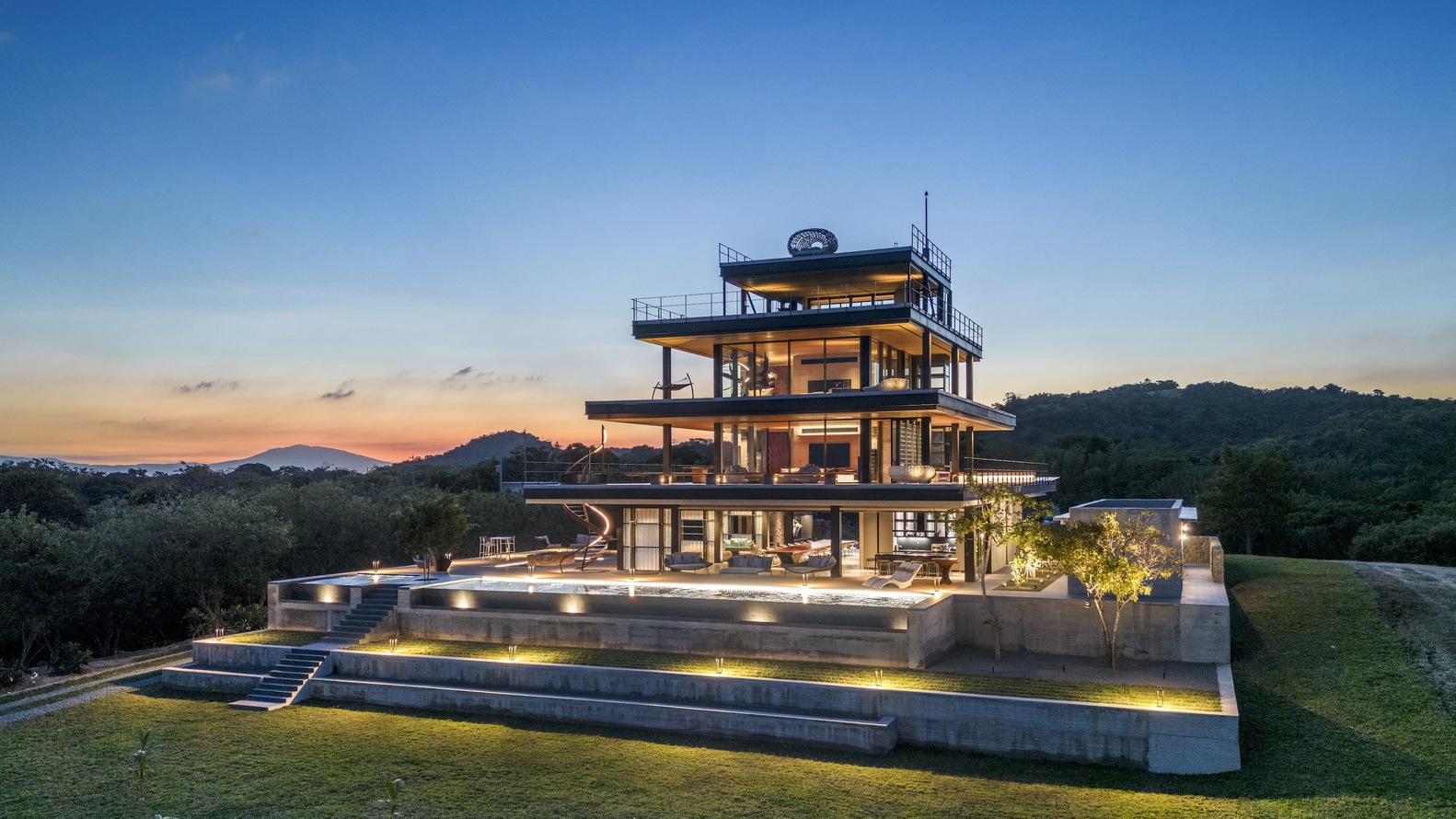
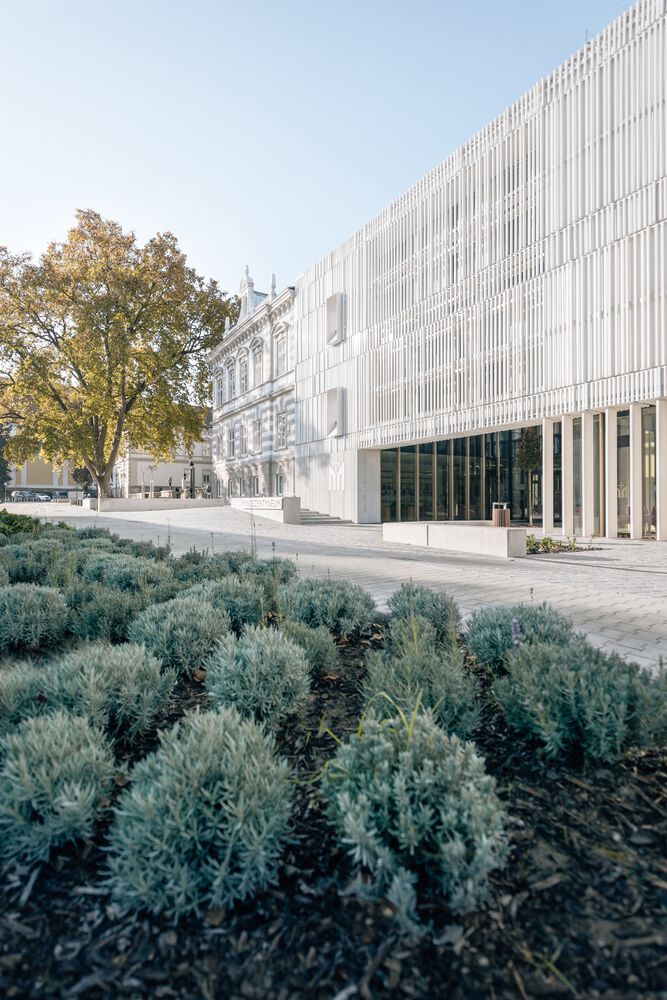

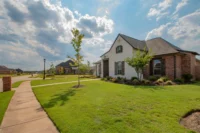


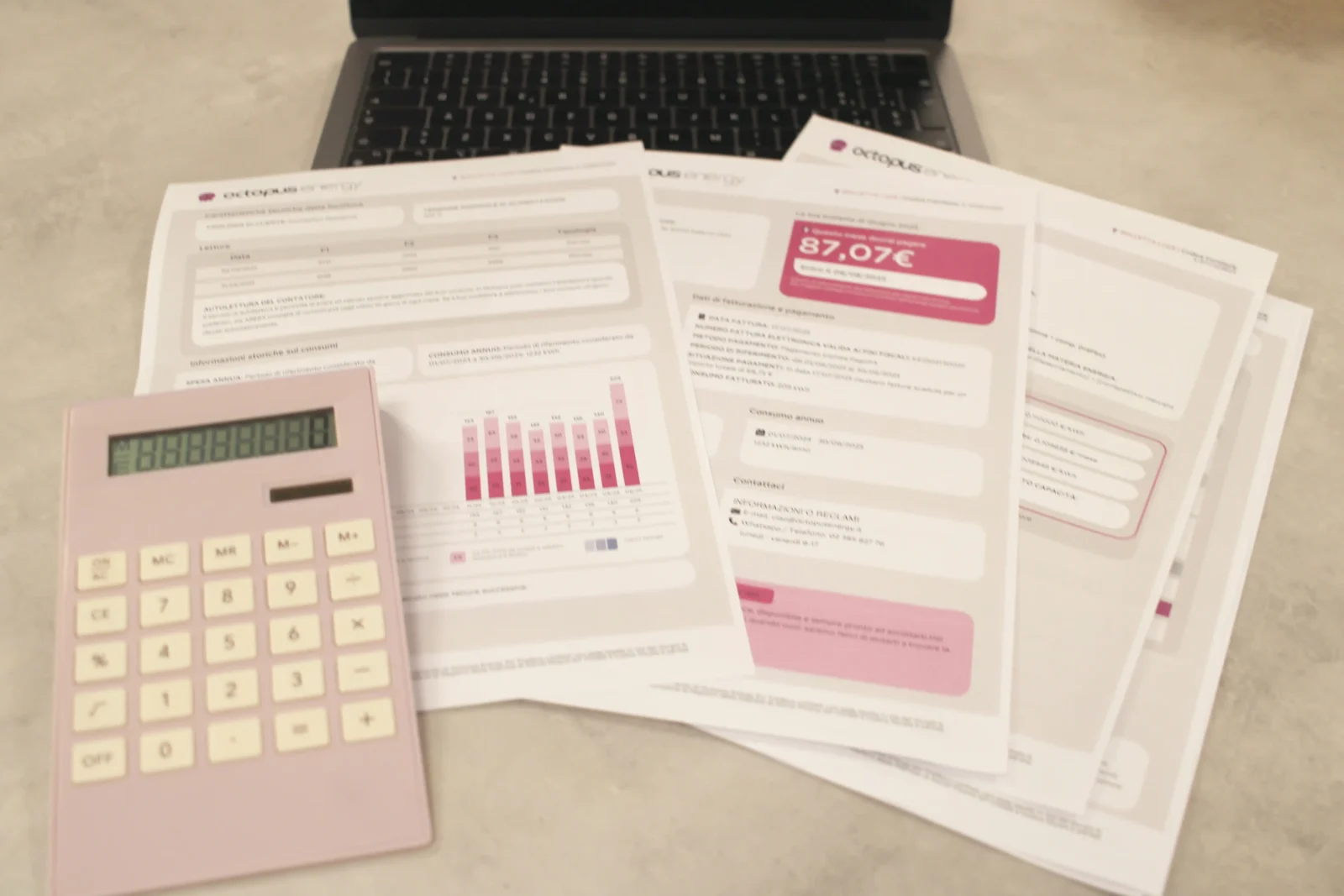
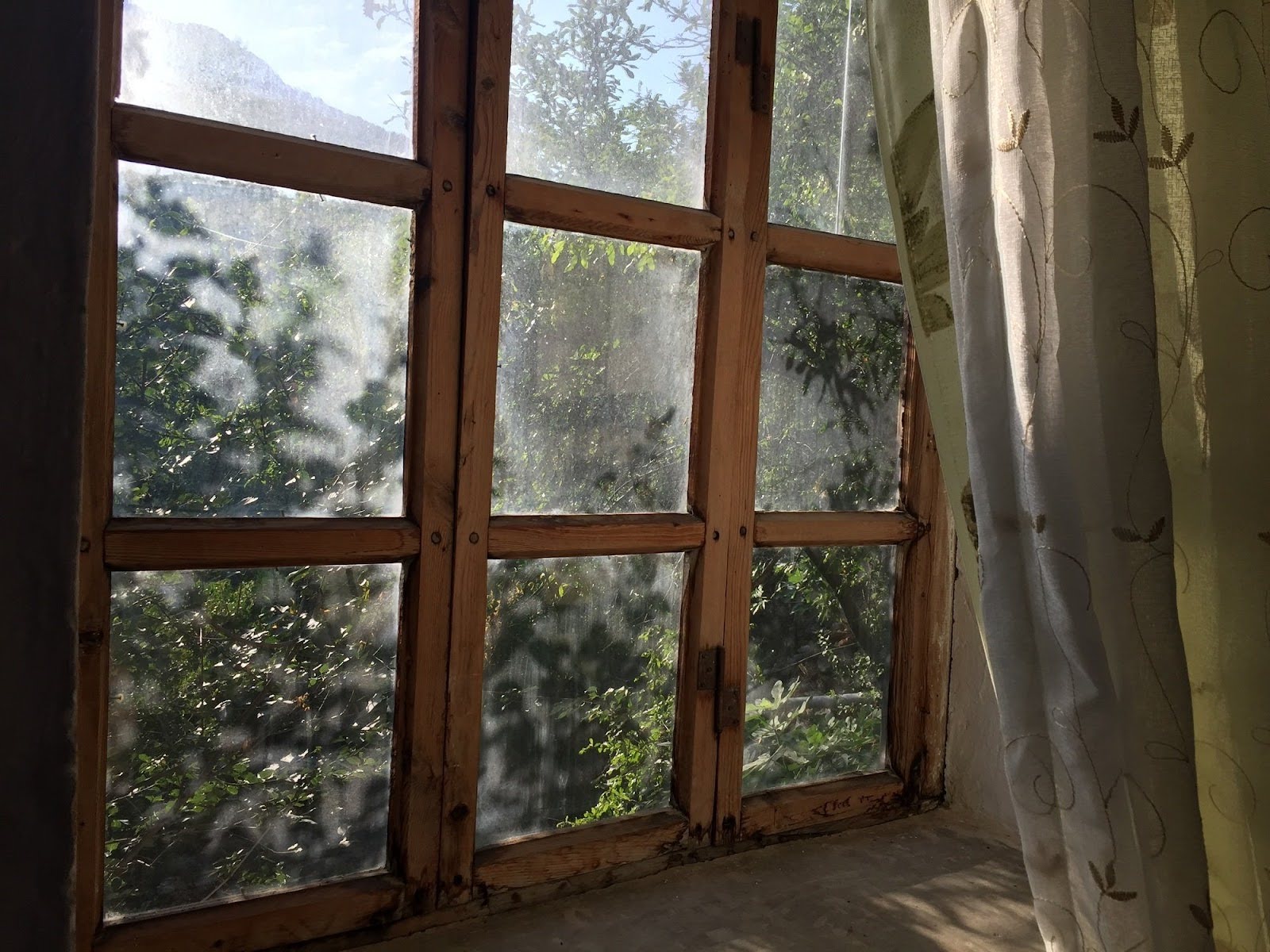


Leave a comment